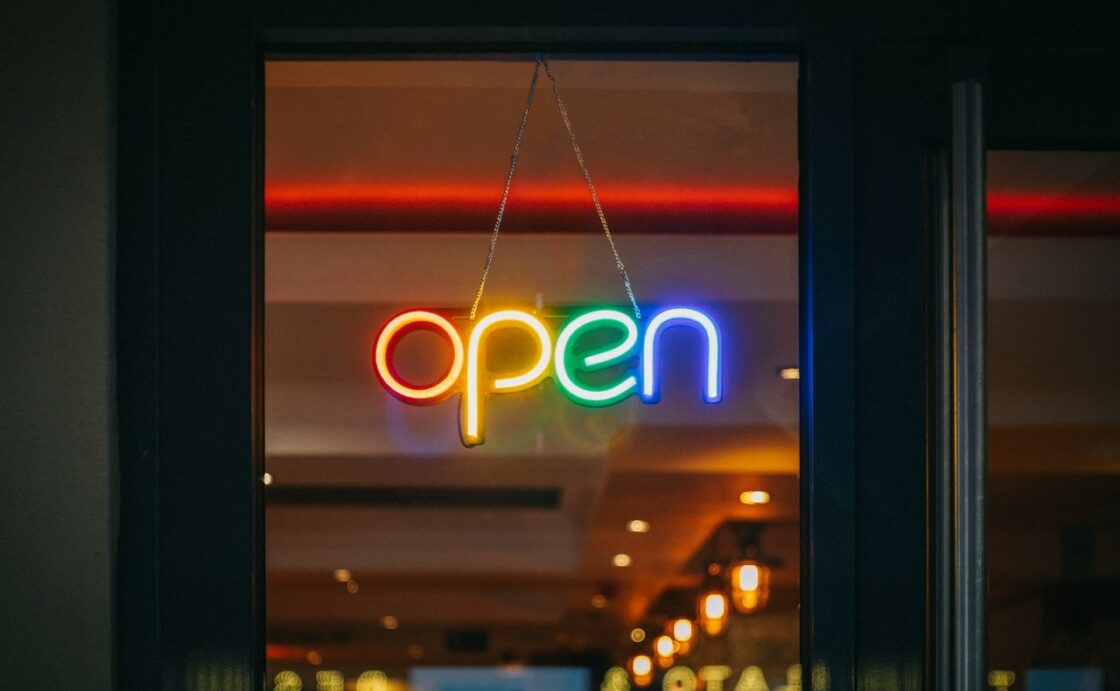
Condividi
20 July 2021
Can philanthropy ever be open and inclusive?
Tris Lumley, NPC Director of Innovation and Development, shares his reflections on open philanthropy – a new approach to make philanthropy more inclusive, open and transparent and to build a new commons of sense-making, priority-setting and decision-making.
by Tris Lumley, NPC
Leaders in philanthropy are increasingly talking about how it can be more inclusive, open and transparent. Yet it is still overwhelmingly private and opaque. If philanthropy became radically open, it could help build a new commons of knowledge, insight and decision-making. It’s time to explore a new field – open philanthropy.
It’s hard to avoid hyperbole when thinking about the times we’re living through, and the context in which European philanthropy is operating. The Coronavirus pandemic has brought many aspects of life to a standstill; created great suffering, illness and death; threatened industries and public services; magnified and increased inequalities; and upended long-standing ways of working and communicating.
Climate change towers over us, ever more terrifying in its long-term impact even as we watch the short-term impact of heatwaves, extreme weather, and changing climate patterns. And society itself is creaking, with calls for equity, equality and inclusion becoming louder and more urgent, even as the inequities, inequalities and exclusion that have persisted for centuries become deeper and more damaging.
Philanthropy itself faces an existential crisis in this collision of tectonic forces and shifts. Will it find the courage to play a leading role in marshalling wider forces to help society navigate the huge threats we face? Or will it eventually fade into the shadows, its resources shows to be too small to face down these threats, and its responses too fragmented to add up to systemic change?
Inclusion and openness can be philanthropy’s superpowers
If philanthropy is to make any significant impact on the global challenges we face through climate change and inequality, it has to influence, shape and direct resources many multiples of the scale it can marshall alone.
If philanthropy is to make any significant impact on the global challenges we face through climate change and inequality, it has to influence, shape and direct resources many multiples of the scale it can marshall alone. And in a coordinated fashion, not as isolated actors. It has to enable, facilitate and incentivise collaboration at unprecedented levels, across sectors and national boundaries. It can only do so through openness – inviting many and diverse stakeholders into shared programmes, forming plans and strategies in the open, sharing its work as widely as possible to incentivise further collaboration.
It may appear paradoxical to suggest that philanthropy can ever be open and inclusive. After all, philanthropy involves harnessing private, or at least privately governed, wealth for societal benefit. Foundations and individual donors are fiercely proud of their autonomy, as it gives them the ability to operate independently, unlike most of the money in society which is driven by accountability to democratic citizens or shareholders.
But many foundations and philanthropists are now wrestling with how they can be more inclusive – how they can be part of the solution rather than the problem when it comes to a lack of diversity and inclusion in society’s power structures. This may start with how these institutions are staffed, and how decisions are governed and advised. But it may lead toward a radically different future, in which the power structures of philanthropy are turned inside out and upside down.
What could that look like? We’re all so immersed in current practices, norms and behaviours that it can be hard to imagine very different alternatives. And it can be argued that while philanthropy talks a great game about its prized autonomy and independence, in reality it underutilises those assets – philanthropy is much more uniform than we might expect given the lack of constraints on it.
The vast majority of philanthropy involves individual organisations asking or applying for donations or grants from individual philanthropists or institutions. Typically competition governs these processes – either organisations compete to win funding, or proactive funders simulate competition through their selection processes. A few winners secure the prizes, based on their perceived uniqueness.
It doesn’t have to be this way. Philanthropy could be very different!
Imagining the alternatives
What if the organisations that aimed to serve them were called to this process to also share in the perspectives of people and communities, and to add their practitioners’ and institutions’ views?
What if all the people and communities affected by an issue came together to form a shared view of the context, opportunities and priorities? What if the organisations that aimed to serve them were called to this process to also share in the perspectives of people and communities, and to add their practitioners’ and institutions’ views? Into this mix, policymakers and funders were invited too, to share in the rich picture emerging, contribute their own experience, and participate in the collective process of sense-making and priority-setting.
Continue: https://dafne-online.eu/news/can-philanthropy-be-ever-open-and-inclusive/
Condividi